Beerology | The History of Saisons
Welcome to Beerology! Once a month, we will take a look into the origins of all things booze. In this edition of Beerology, we are going to dive into the world of Saison.
Saisons: They are effervescent in carbonation, deep gold in color, and earthy and fruity aromas abound while rustic flavors overtake the tongue. We get why they are the rage. But what’s the story behind these refreshing brews? Why do they taste so darn good when it’s warm outside?
Saison is much more than a style of beer, it is a family of traditional beers that originated in Wallonia, southern Belgium. Meaning “season” in French, Saison was brewed at the beginning of winter and conditioned in time for farm hands to quench their thirst during summer field work.
“At harvest time, larger farms would hire outside labor called seasonal workers (les saisonniers),” writes Yvan De Baets in Farmhouse Ales. “The exhausting work in the fields, often in the sun, made the workers very thirsty. They needed a drink that was fortifying and refreshing and not too high in alcohol content. From a hygienic standpoint, this beverage also needed to be safe, and often water was questioned as a possible source of infection.”
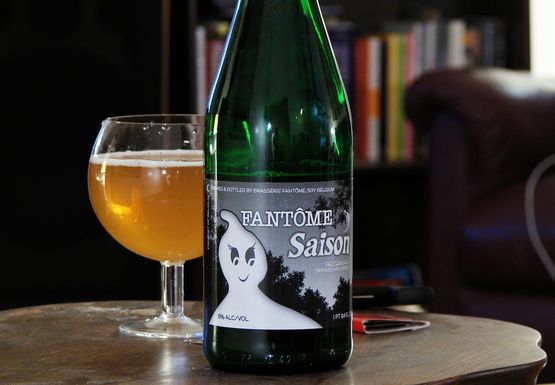
Saisons, also known as provision beers, as they were brewed to keep for extended periods of time, were likely brewed from December to March to be consumed from May to September. The Saison recipe differed from farmhouse brewery to farmhouse brewery, as raw materials largely depended on what the brewer had on hand.
At the time, farmhouse breweries typically grew their own barley and malted it themselves. The most common barley that was cultivated and used was a six-row winter barley.
“This barley was the malt typical of the Wallonian country, containing much nitrogenous material (which deepens the color of the malt during kilning), and husk, rich in polyphenols (which deepen the color of the wort during brewing, by oxidation). These two factors gave Saisons a certain acridness. Winter barley did not allow for the brewing of refined beers, giving Saisons a rustic character,” writes De Baets.
Many brewers also used wheat, oats, buckwheat, and spelt to brew Saison. This was generally due to lower costs than those associated with malted barley. These grains contributed to the pale color of the beer, and also added a smooth mouthfeel and additional esters in the aroma and flavor. According to De Baets, wheat was often used to improve “vinosity,” the complex flavors found in Sherry that includes a “wild yeast” flavor, woodiness, and an apple-like aroma that comes with oxidation.
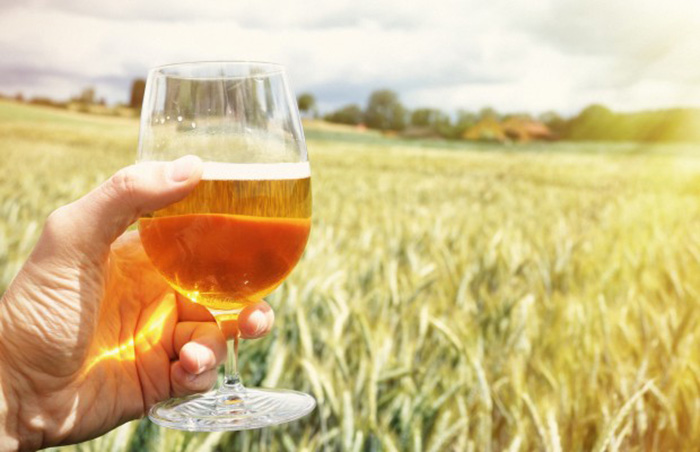
Saisons were also heavily hopped mostly due to the anti-bacterial or “bacteriostatic” properties of hops that prevent unwanted infections from contaminating the beer. Initially, the effect of hops in Saison would have been to regulate rather than to prevent infection, meaning some infection was acceptable if it produced tartness.
It was common for sourness to develop in Saisons due to the “mixed” nature of traditional yeast — the conditions under which traditional beers were made fostered the development of wild yeasts and bacteria. This sourness, however, was desirable and — making it an authentic characteristic of Saison.
The flavor of Saison depended on the circumstances: whether the infection was more or less controlled, the quantity of hops, and the effects of aging. In order to maintain a desired level of sourness, a brewer may have dosed the beer with old hops so as not to contribute too much bitterness and to encourage lactic bacteria growth.
“These hops were covered with wild yeasts and bacteria which, without a doubt, helped to give a special character to the beer due to their work during the secondary fermentation,” according to G.M. Johnson in Farmhouse Ales.
The unique sour flavor of Saisons is also attributed to secondary fermentation, where wild yeasts are largely left to thrive. Brewers would reuse their yeast from batch to batch, resulting in controlled infections that would provide a light tartness to the beer. Some brewers, however, strictly used the process of spontaneous fermentation, which means they relied on the natural yeast and bacteria in the air to kick up fermentation.
Traditional Saison was fermented and conditioned in wood casks, which not only added its trademark vinous notes, but also added complexity that comes from Brettanomyces — a yeast whose natural habitat is in wood.
“Authentic Saisons, along with traditional lambic beers, are certainly the most fascinating among the styles of old beers that still exist in Belgium. Unfortunately, they are part of a family of beers that is endangered since they no longer appeal to the tastes of the consumers who have become used to sweet and simplified flavors; therefore we absolutely must support or revive them in their authentic version or else they shall become extinct,” concludes Yvan De Baets.
Long live Saison!
Traditional Saisons you can find in Colorado:
Saison Vieille Provision | Brasserie Dupont
Darbyste | Brasserie Blaugies


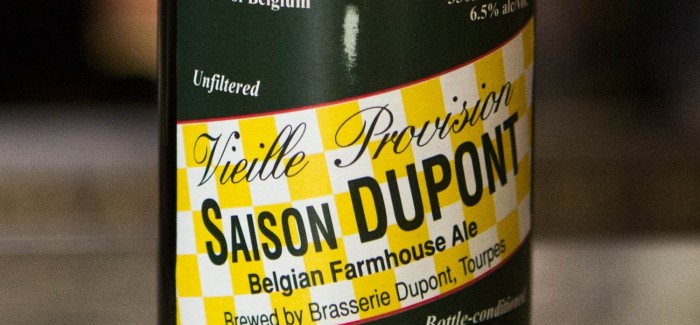

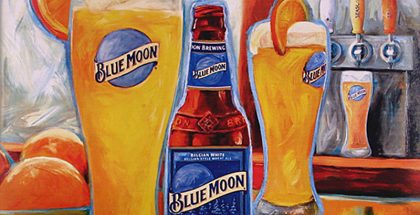
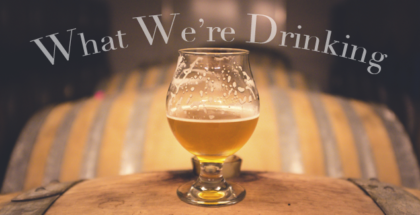
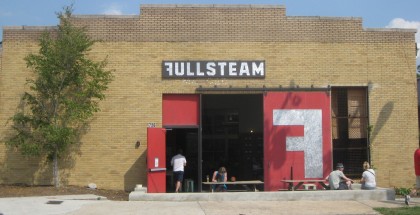
Submit a Comment